Pain Out Maxx Kratom: Boost Mental Focus and Clarity Naturally
Pain Out Maxx Kratom, a potent strain from Southeast Asia, is renowned for its ability to relieve ch…….

Pain Out Maxx Kratom, a potent strain from Southeast Asia, is renowned for its ability to relieve ch…….

Green Hulu Kratom Extract, native to Southeast Asia, is a milder yet potent alternative to Green Mae…….

Yellow Vein Kratom Powder, known for its vibrant yellow color from extended maturation, offers power…….

Kratom, native to Southeast Asia, has cardiovascular benefits attributed to alkaloids like mitragyni…….

Green Vein Kratom Extract, derived from the Mitragyna speciosa plant native to Southeast Asia includ…….

Vietnam Kratom leaves, renowned for their rich history and ideal cultivation conditions, offer high-…….

Nova Kratom, a natural extract from Mitragyna speciosa, is gaining popularity as a cognitive enhance…….

Chronic Fatigue Syndrome (CFS) is a complex condition Novakratom addresses holistically with its sci…….

Muscle soreness after intense workouts is common but can be managed with natural remedies like Nodzi…….

Athletic recovery involves more than just base fitness; it focuses on restoring balance, managing st…….

Trainwreck Kratom, celebrated in the enjoy Trainwreck kratom review, offers a natural solution for i…….

Sports nutritionists recommend Trainwreck Kratom as a game-changer for athletes, offering natural en…….
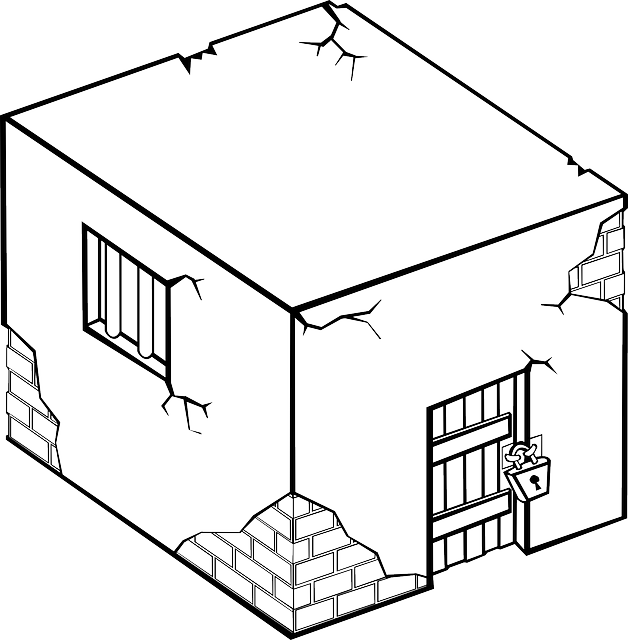
Chronic pain, a global issue affecting millions, significantly impacts daily life. Individuals seek…….

Endurance training improves overall health, including cardiovascular strength and muscular endurance…….

Chronic pain sufferers seeking alternative treatments have turned to Kratom, a natural herb with pos…….

Kratom, derived from Mitragyna speciosa, offers natural stress and anxiety relief through its unique…….

Kratom, a natural herb (Mitragyna speciosa), offers performance benefits for endurance athletes due…….

Bali Kratom capsules from Payless Kratom offer a convenient, effective solution for pain relief, anx…….

Inflammation, though beneficial as a defense mechanism, can cause various health issues when persist…….

Kratom, derived from the Mitragyna speciosa tree, is a natural aid gaining popularity in addiction r…….
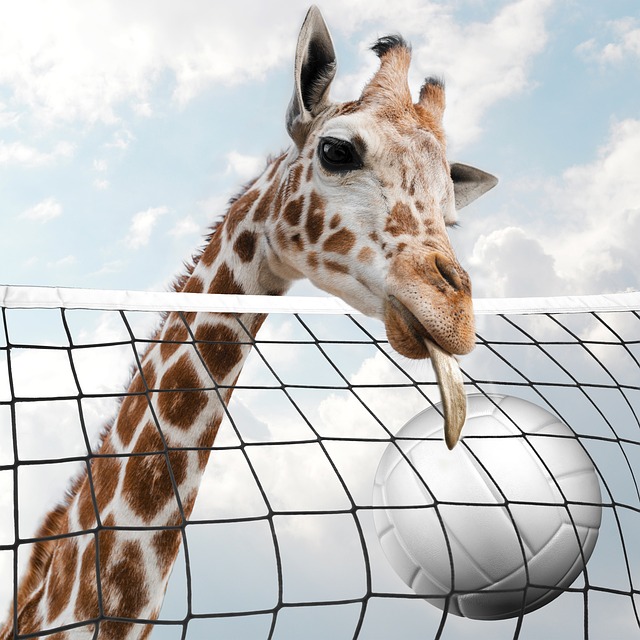
Kratom, an ancient herb with traditional medicinal uses, has gained modern popularity for its versat…….

Chronic pain, a global issue affecting millions, demands effective management strategies. Traditiona…….

Kratom, a plant native to Louisiana where its possession is legal, offers natural energy-boosting pr…….
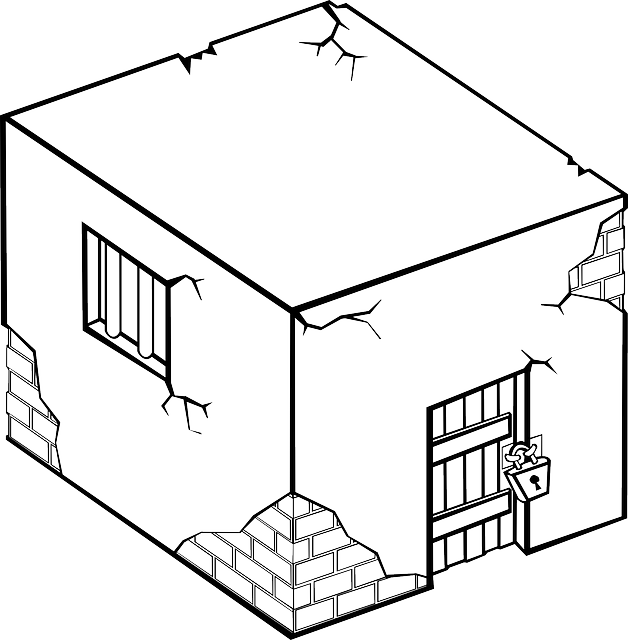
Mental toughness, crucial for athletic success, is amplified by regular exercise combined with premi…….

Purple Vein Kratom capsules from Qi Kratom offer convenient access to therapeutic benefits of kratom…….

Mental fog hinders athletic performance, driven by factors like training stress and nutritional defi…….

Opioid withdrawal is challenging, prompting many to seek alternatives like Red Dragon Kratom, a natu…….

Joint pain management can benefit from natural remedies like kratom, with Red Maeng Da and Red Bali…….

This text compares Red Maeng Da and Red Bali kratom extracts, highlighting their distinct origins, e…….

Opioid withdrawal is a challenging process marked by intense cravings, anxiety, insomnia, and physic…….
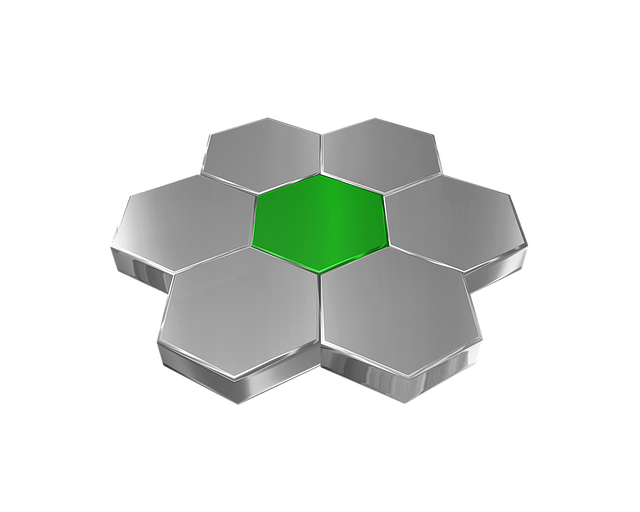
Muscle soreness, caused by microtears in muscle fibers and lactic acid buildup, can be managed natur…….

Royal Kratom Indo, a native Indonesian strain, gains popularity among athletes and fitness enthusias…….

Royal Kratom Maeng Da Purple Vein Capsules offer a premium, convenient way to experience the potent…….

Royal Kratom Maeng Da is a natural strain renowned for its energy-boosting and focus-enhancing prope…….

Sabai kratom (Mitragyna speciosa) is a natural herb from Southeast Asia known for its powerful pain…….
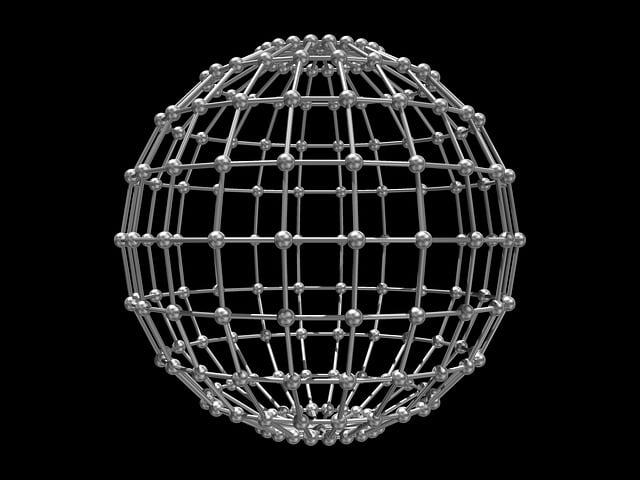
Santai kratom (Maeng Da Kratom Powder), derived from the Mitragyna speciosa plant, is a powerful yet…….

Athletic performance relies on a balanced physiological system, and rigorous training drives adaptat…….

Kratom, a plant-based supplement with potential performance benefits for athletes, faces varying leg…….

Training recovery strategies are crucial for athletes and fitness enthusiasts aiming peak performanc…….

Trainwreck Kratom, a powerful strain from the Mitragyna speciosa plant family, offers a blend of ene…….

The kratom family, scientifically known as Mitragyna speciosa, offers a diverse range of natural sol…….

Stress and anxiety, driven by various factors, trigger physiological responses including hormone rel…….

In 2018, Texas implemented a complete ban on kratom due to health risks and addiction concerns, spar…….
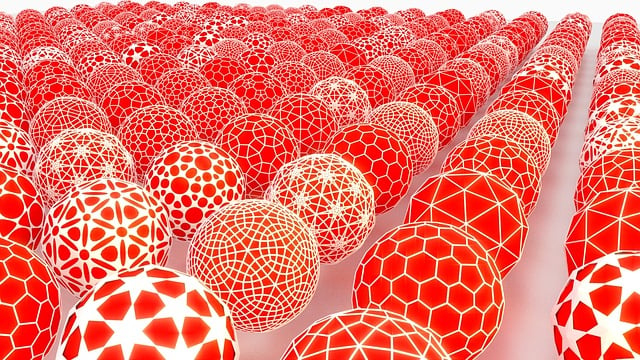
Kratom from Mitragyna speciosa offers potential as an addiction aid in Tampa, interacting with opioi…….